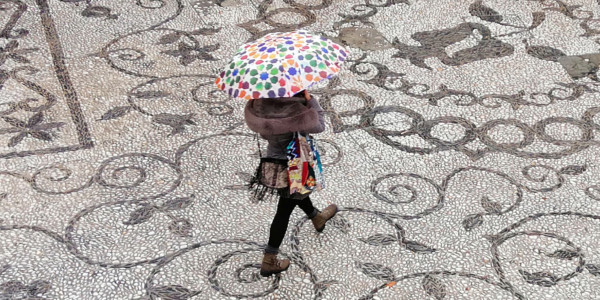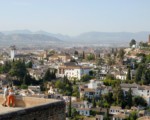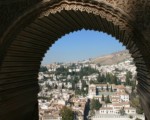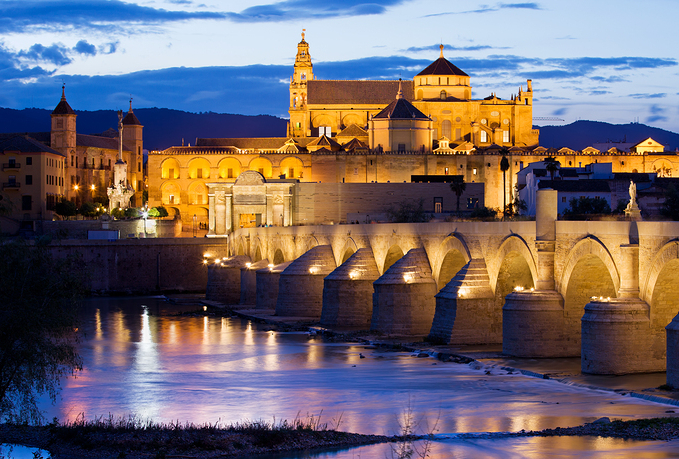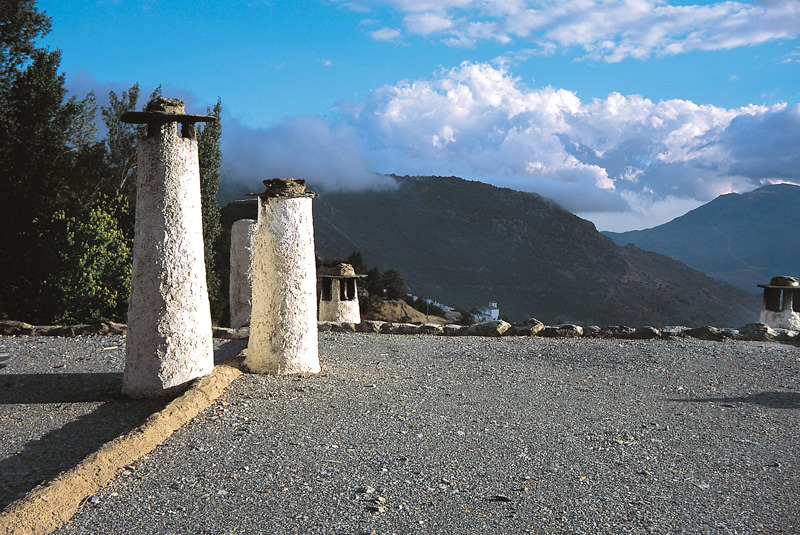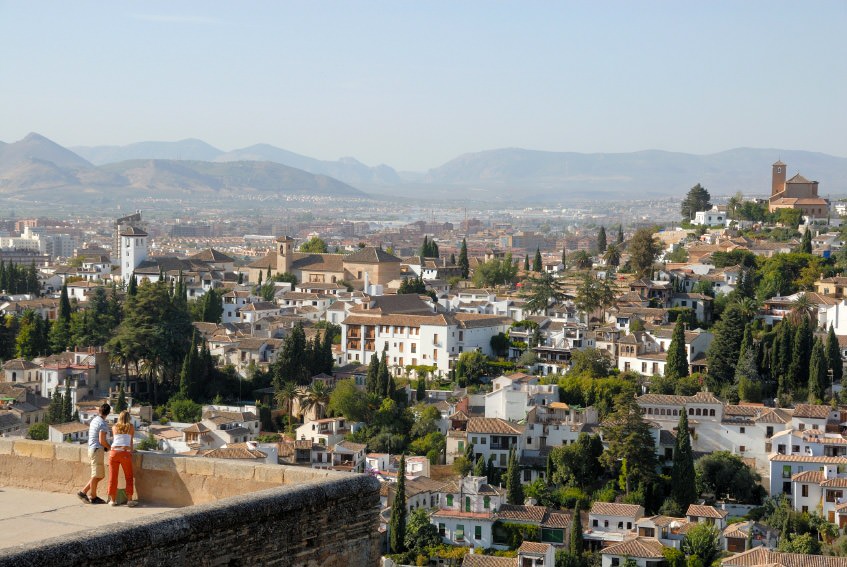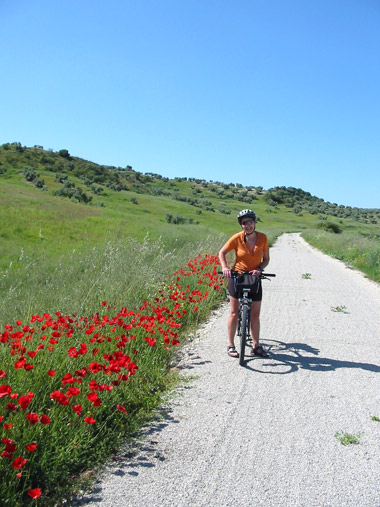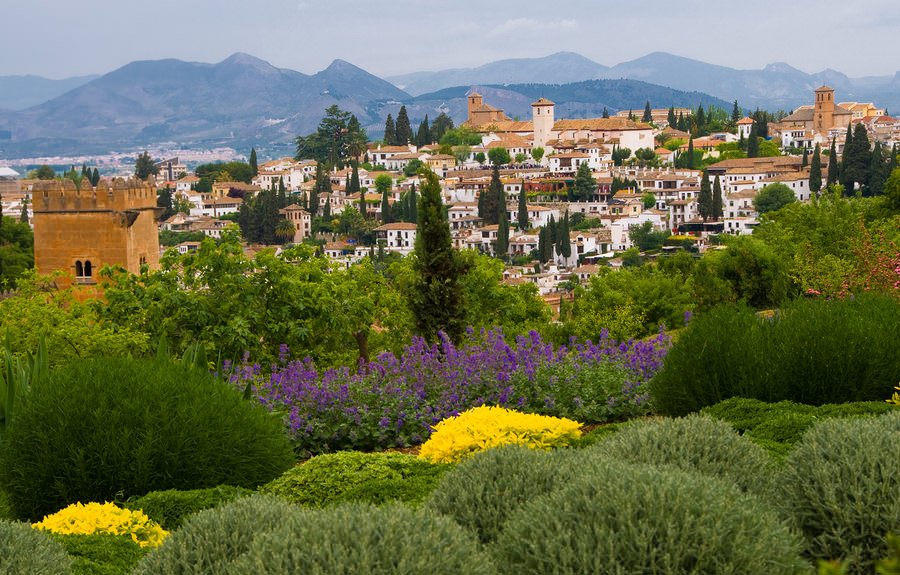If you visit Granada you will certainly walk on the typical cobbled streets with different mosaic of pebbles, above all in the neighbourhood of the Albayzin, but you can find them as well in the Alhambra, and in other parts of the historical centre of Granada. Most of the mosaic designs on the streets represent only geometric or vegetable forms. Do you know why?
A bit of history
The first culture to use stone pavements was the Aegean culture (Neolithic Period 1600 -1000 BC). First the Greeks, then the Romans decorated their buildings with beautiful mosaics composed of small pieces of coloured stone called tesserae.
The type of pavement found in Granada is derived from the Roman tessellations, but it was conceived in Arab culture, with the Umayyad dynasty being the first to create it and use it in the independent Caliphate of Córdoba (Century IX – XII). The Nasrid also used the “Granada mosaic” to enhance their constructions representing only geometric or vegetable forms. Later, with the arrival of Western culture, the range of forms was expanded with representations of animals or people as they were not prohibited by the new religion.
However, what you mostly see still nowadays in the mosaic designs is the Pomegranate. The Spanish word for the fruit Pomegranate is Granada and therefore the symbol of the city!
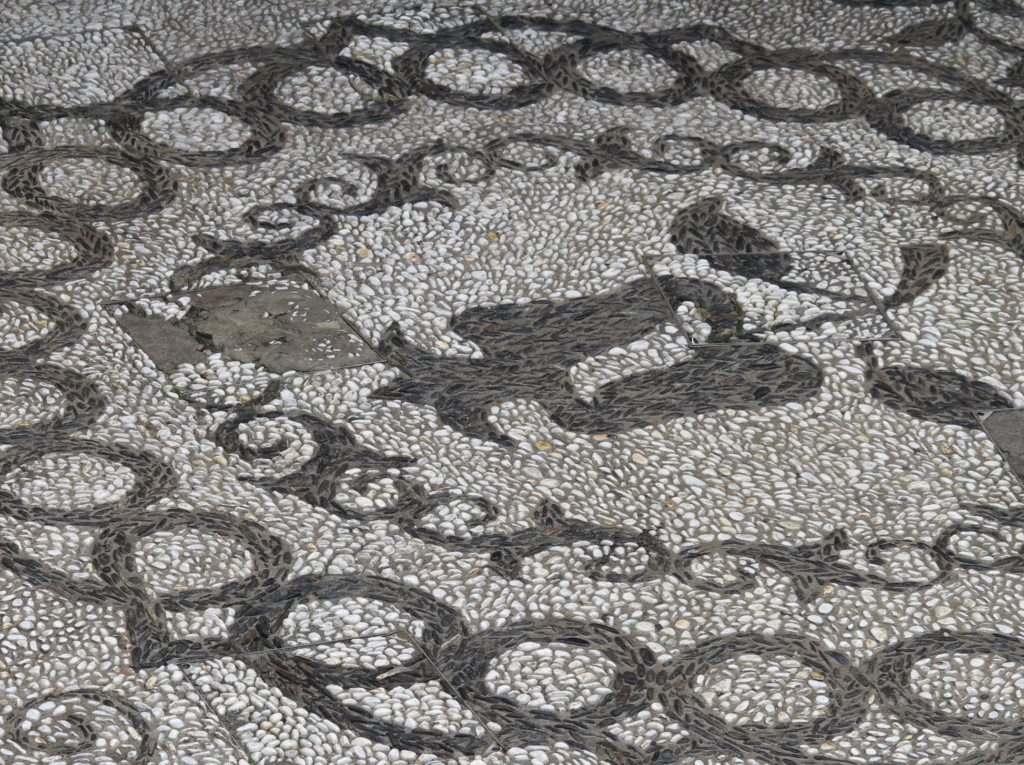
Material for the mosaics
What material should be used to make these mosaics? On one hand, you need to find a material that is long-lasting and able to stand the wear and tear of both people and vehicles. On the other hand, the material should be physically and chemically stable, to avoid being damaged by rain, and to cope with chemical elements that can be present on the streets of any city.
The stones used to construct these typical stone pavements are white and black pebbles, and they are gathered from ravines and rivers in Granada. These stones are used because of their uniform consistency. They are also rich in quartz, which doesn´t allow salt and humidity to enter, and their edges are rounded by erosion, which makes them ideal for street construction. And finally, they were easily found around Granada and for free!
How is it made?
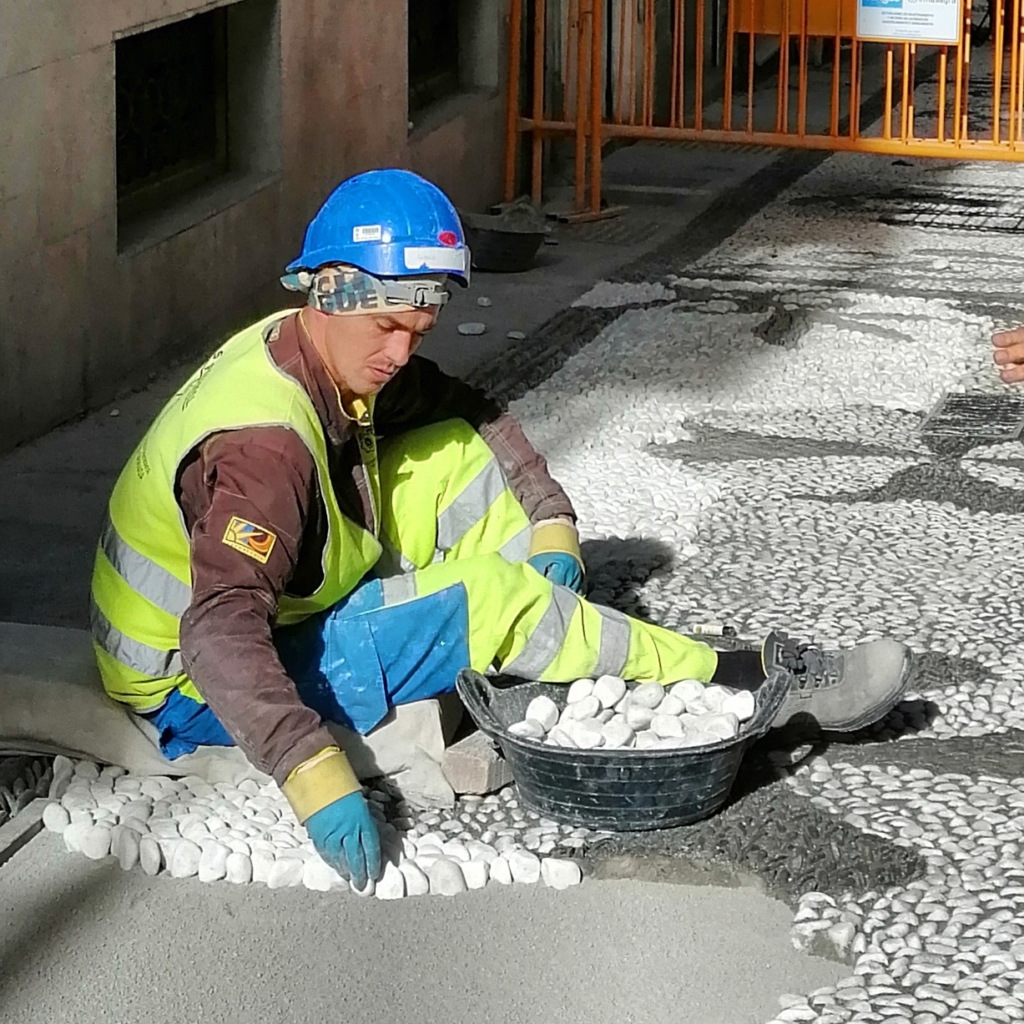
Each of these stones is laid by hand, so they should be well-fixed and at the same height. When the artists finish laying the stones, they’re pressed and flattened with a piece of wood to leave them at the same level. The mosaic is then covered with a mixture of sand and cement and sprayed carefully with water. The stones are cleaned with a brush and finally, the stones are washed carefully with a sponge to remove all the cement stains.
So, next time when you walk on the cobbled streets of Granada you can think of all the time and effort put into its creation!

